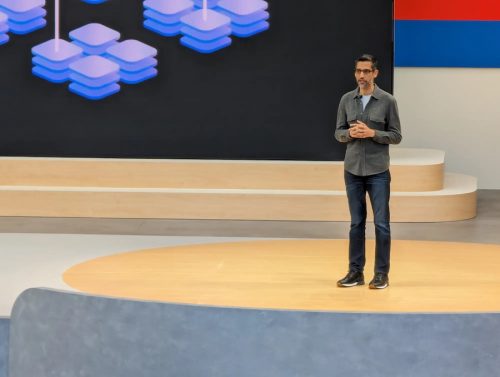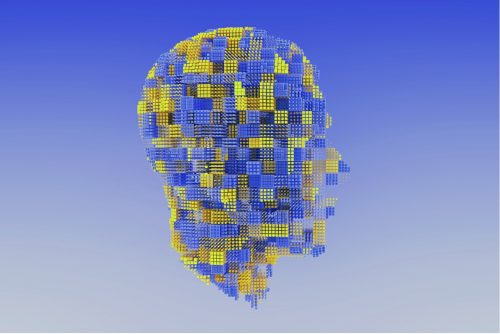On July 8th, 2018 Em Tech by MIT Technology invited Manuela Maria Veloso to discuss the capabilities of AI systems nowadays and to make predictions regarding the future of AI.

Manuela Maria Veloso is the Head of the Machine Learning Department at Carnegie Mellon University & Herbert A. Simon University Professor in the School of Computer Science at Carnegie Mellon University. She discussed in her speech the current situation of robots—including the fact that there are now examples of AI in most of our devices (e.g., cellphones, computers with censors, cognitive systems).
However, she pointed out, there are also not many actual mobile robots around us. And robots nowadays are typically only equipped with cameras as a visual sensor. A challenge for mobile machines, then, is the fact that they must process the sensory data and use it to make decisions. Furthermore, mobile machines usually encounter uncertainties in making decisions with the actual state regarding stocks, weather, direction… but they will be more certain as they collect more data to make decision faster.
One possible solution is to enable AI to ask humans for help, a practice demonstrated at Carnegie Mellon by a robot tasked with fetching a cup of coffee. While it could not do all physical activities, it ask for human or other machines’ help in executing the task. In the future, to enhance human – AI interaction, Prof. Manuela Maria Veloso emphasized the need to create transparency, as robots are programmed in code, which “is a cryptic to human”. A current obstacle, known as verbalization, is the need to translate this code into natural language. A system enables machine to verbalize its activities and data processing.
If feasible, this would be a major development for robots. According to the first layer in MDI’s 7-layer model—a set of ethical standards for AI—it is vital that automation and intelligence are transparent so that human can understand a robot’s movements and actions.










